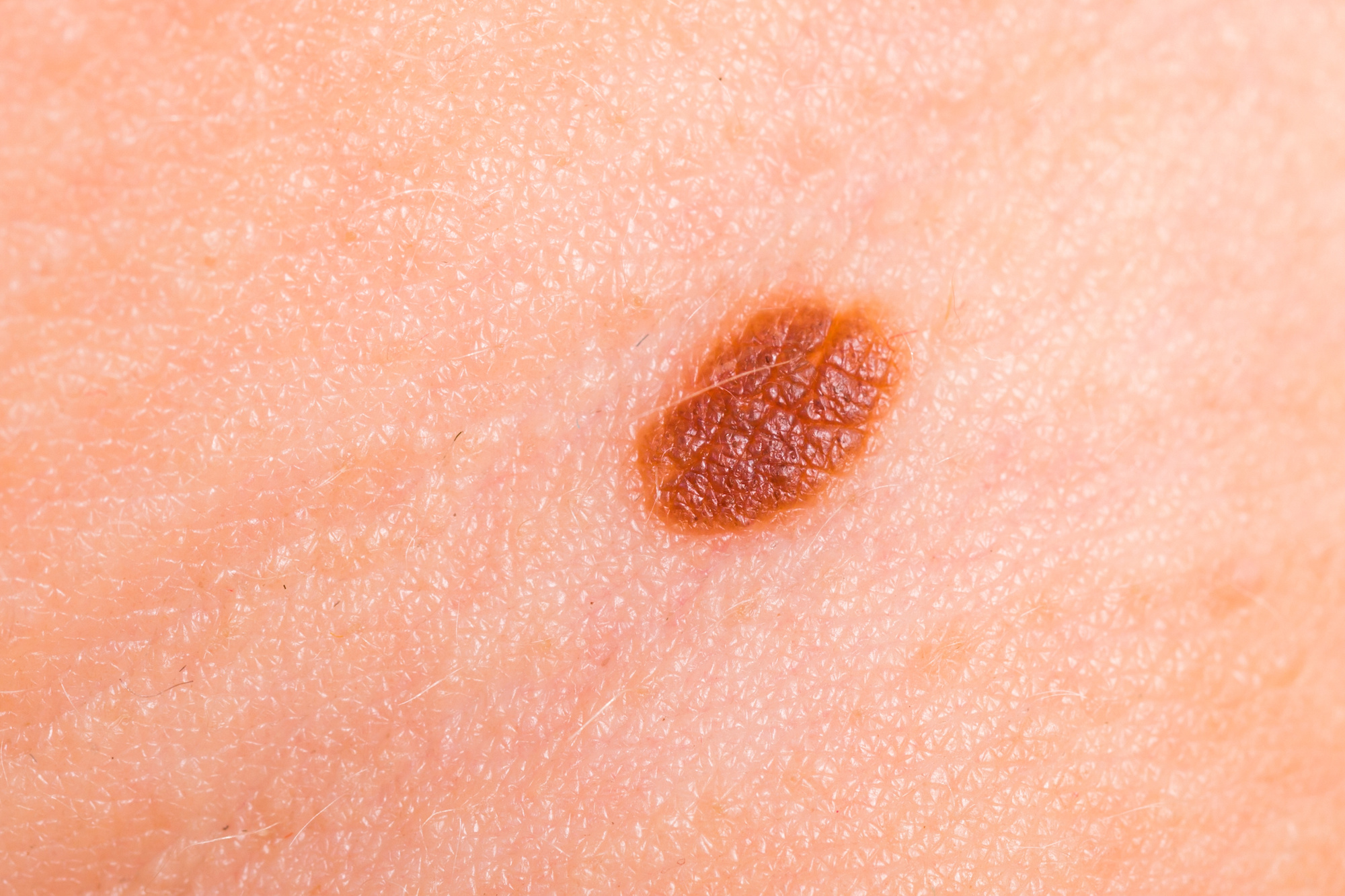The ABC’s of Skin Cancer Detection
 Although it doesn’t always get a lot of attention, skin cancer is actually the most common cancer in the United States. According to the Centers for Disease Control and Prevention, in 2014, “76,665 people in the United States were diagnosed with melanomas of the skin and 9,324 people died from this cancer”.
Although it doesn’t always get a lot of attention, skin cancer is actually the most common cancer in the United States. According to the Centers for Disease Control and Prevention, in 2014, “76,665 people in the United States were diagnosed with melanomas of the skin and 9,324 people died from this cancer”.“This is why it’s essential to perform regular self-checks of your skin to spot skin cancer as early as possible,” explains Ashley Evans, physician assistant at Sanova Dermatology in Dripping Springs, Texas. The American Academy of Dermatology outlines the ABCDE’s of skin cancer detection to make it simple for you to identify suspicious spots on your skin.
- A for Asymmetric: One side of the spot is different from the other side. If it could be folded in half, the halves wouldn’t match up.
- B for Borders: Check the mole for irregular or poorly-defined edges.
- C for Color: A suspicious mole might vary in color from one side to the next or from the outside in. Tan, brown, or black are common, but you might also notes hints of red, white, or even blue.
- D for Diameter: Dangerous spots come in all shapes and sizes, but in general, melanomas are bigger than a pencil eraser at the time of diagnosis.
- E for Evolving: Any changes in your moles or spots, even those you’ve had for years. If they start to grow or change color or shape, you need to see your dermatology provider.
“Get to know your skin!” Evans exclaims. This includes using a mirror to see places that are usually hidden from your view. “You can also use your partner or a family member to help you monitor and photograph spots of concern,” Evans suggests. Perform these self-exams on a monthly basis, and take careful note of new spots or changes to existing moles. “I encourage couples to make a day date out of coming in to the office for their skin exams,” says Evans. “This allows me to educate both partners on which spots we should give special attention to,” she continues. Fortunately, skin cancer is treatable with early detection.
Be sure to see your dermatology provider on a yearly basis and any time you notice something unusual on your skin. If treatment is necessary, we can begin immediately.
Contact Us
If you have any questions about skin cancer, or if you’d like to schedule an appointment for a skin check, please contact us.
